Record Broken: Hubble Spots Farthest Star Ever Seen | Three Times Older Than the Earth
The newly detected star is so far away that its light has taken 12.9 billion years to reach Earth [which is 4 billion years old], appearing to us as it did when the universe was only 7 percent of its current age, at redshift 6.2. The smallest objects previously seen at such a great distance are clusters of stars, embedded inside early galaxies.
“We almost didn’t believe it at first, it was so much farther than the previous most-distant, highest redshift star,” said astronomer Brian Welch of the Johns Hopkins University in Baltimore, lead author of the paper describing the discovery, which is published in the March 30 journal Nature. The discovery was made from data collected during Hubble’s RELICS (Reionization Lensing Cluster Survey) program, led by co-author Dan Coe at the Space Telescope Science Institute (STScI), also in Baltimore.
“Normally at these distances, entire galaxies look like small smudges, with the light from millions of stars blending together,” said Welch. “The galaxy hosting this star has been magnified and distorted by gravitational lensing into a long crescent that we named the Sunrise Arc.”
After studying the galaxy in detail, Welch determined that one feature is an extremely magnified star that he called Earendel, which means “morning star” in Old English. The discovery holds promise for opening up an uncharted era of very early star formation.
“Earendel existed so long ago that it may not have had all the same raw materials as the stars around us today,” Welch explained. “Studying Earendel will be a window into an era of the universe that we are unfamiliar with, but that led to everything we do know. It’s like we’ve been reading a really interesting book, but we started with the second chapter, and now we will have a chance to see how it all got started,” Welch said.




![That Was the Whopper Weekend That Was [Illustrated] welcometohell](https://americandigest.org/wp/wp-content/uploads/2021/05/welcometohell-150x150.jpg)
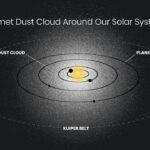
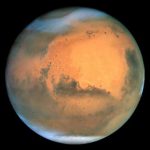
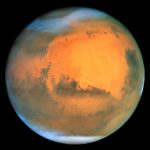
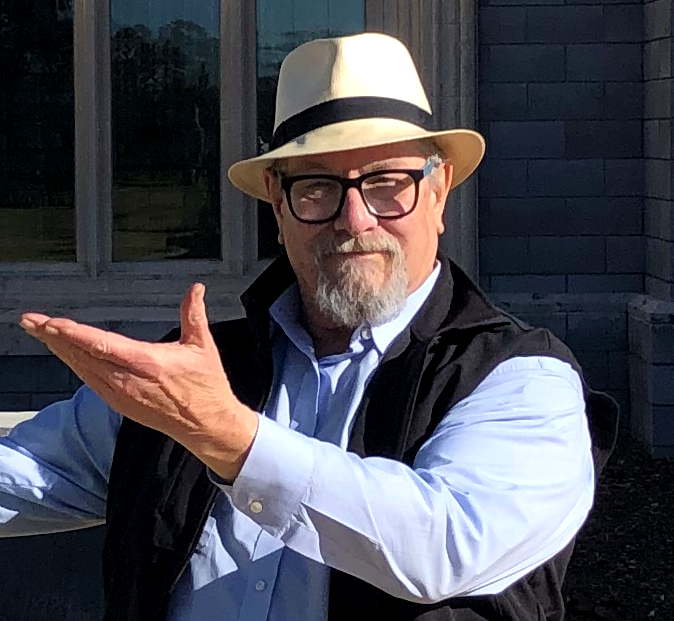 Gerard Van der Leun
Gerard Van der Leun












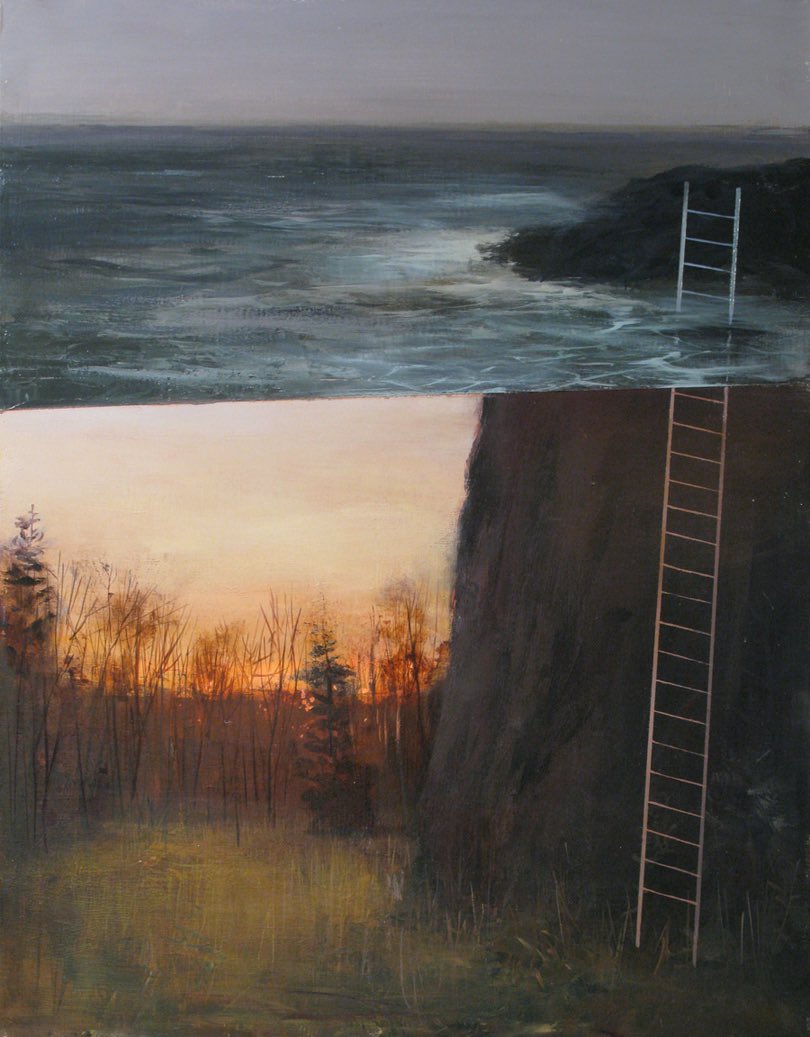

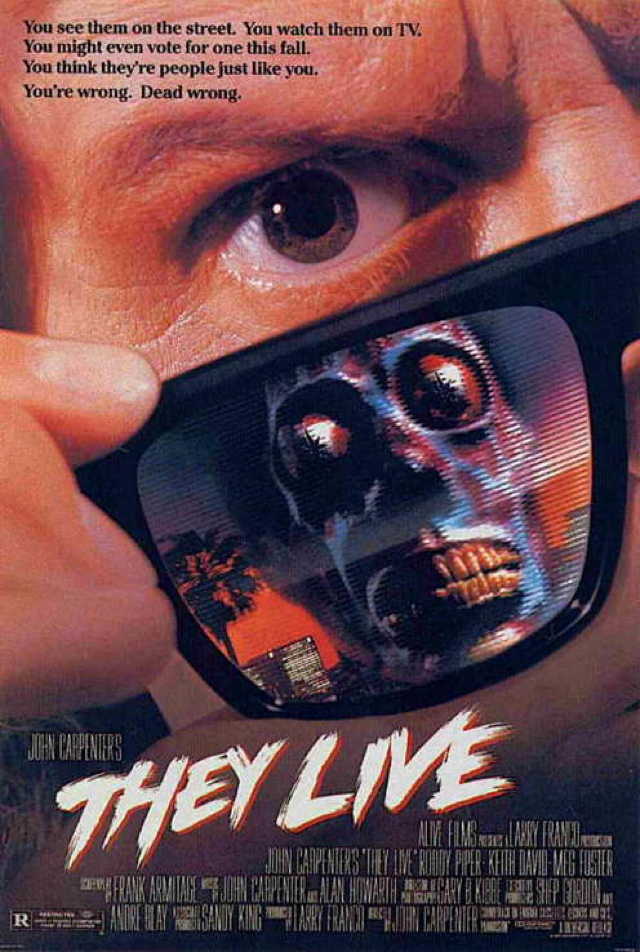

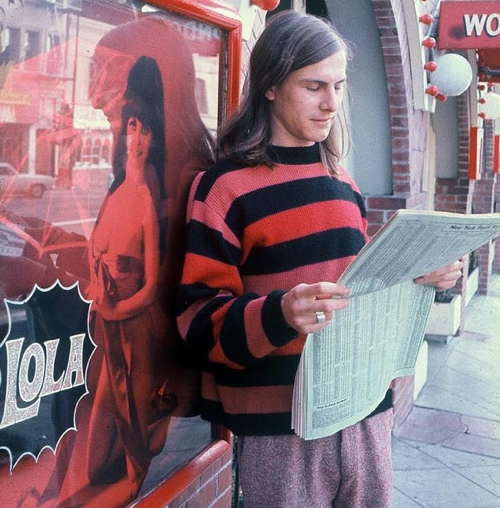
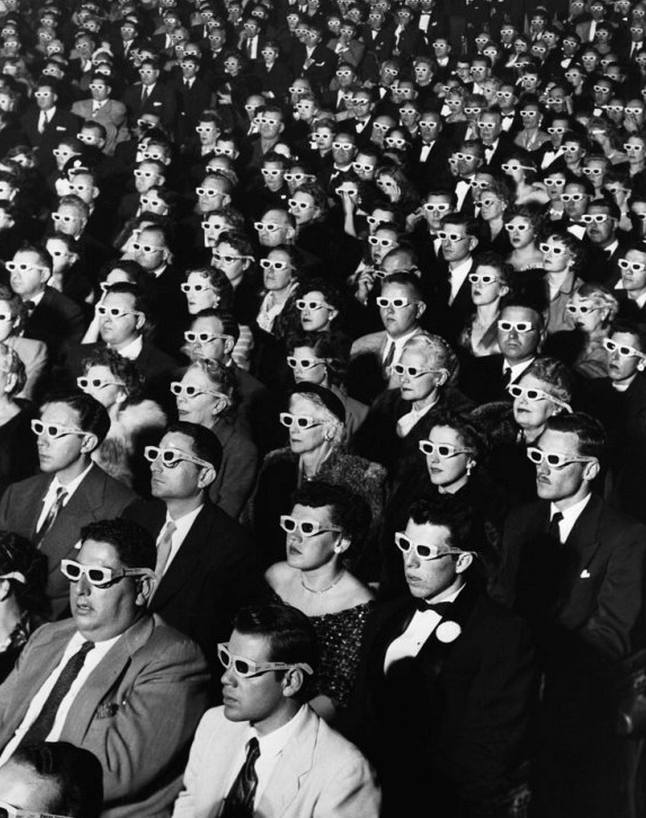
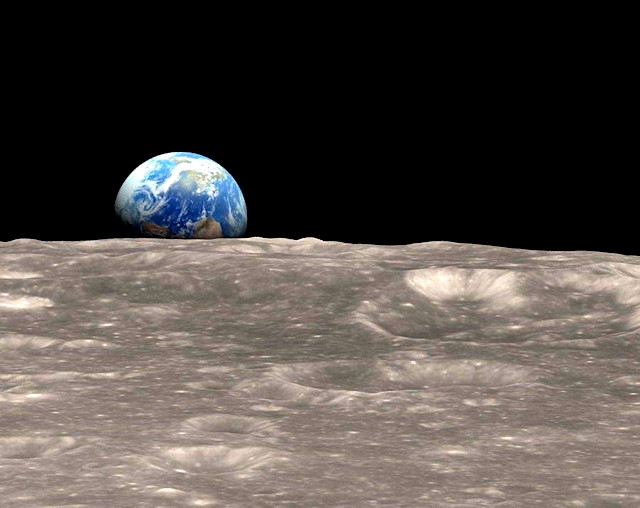





Comments on this entry are closed.
Soon it will all be clean.